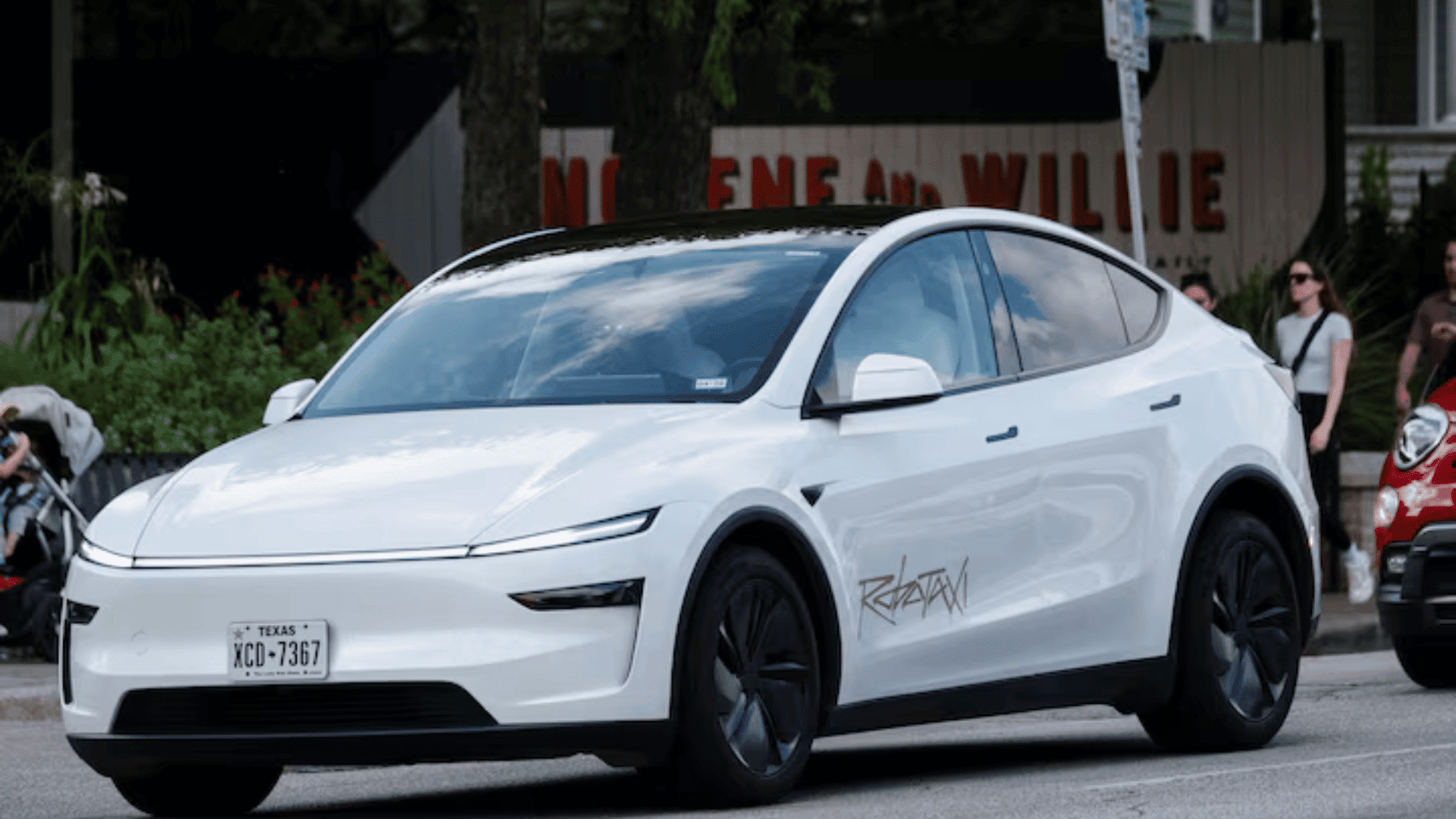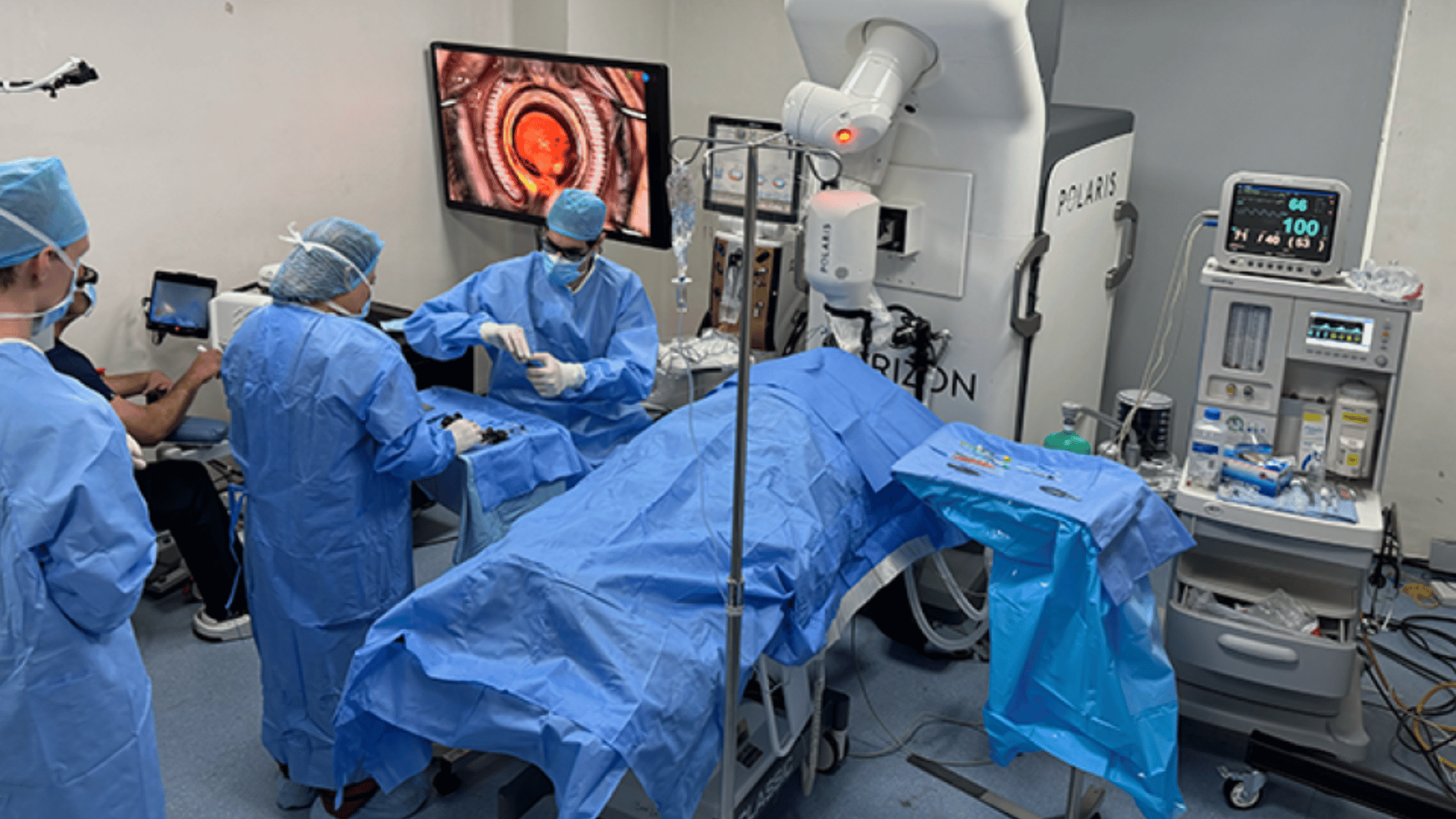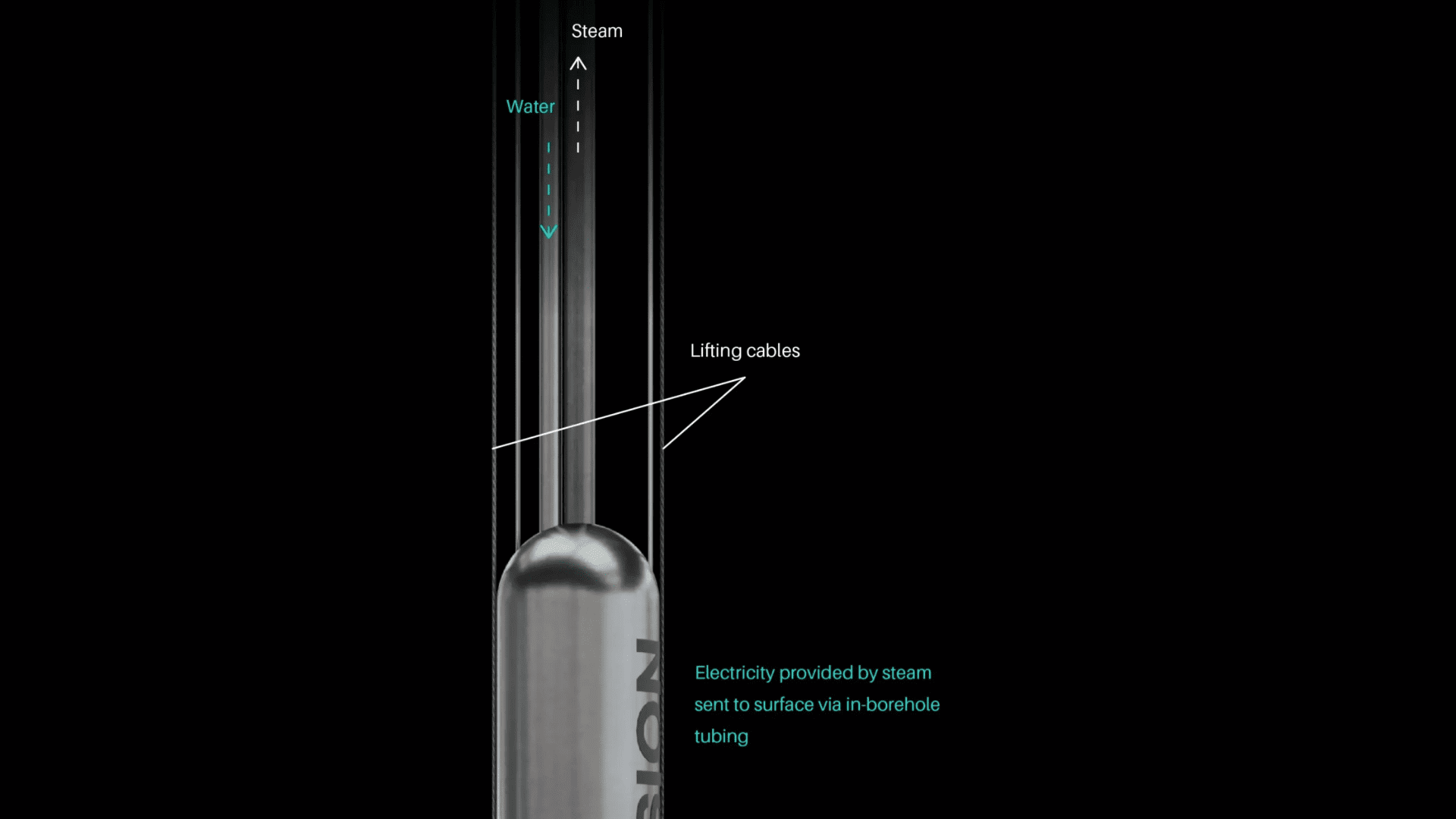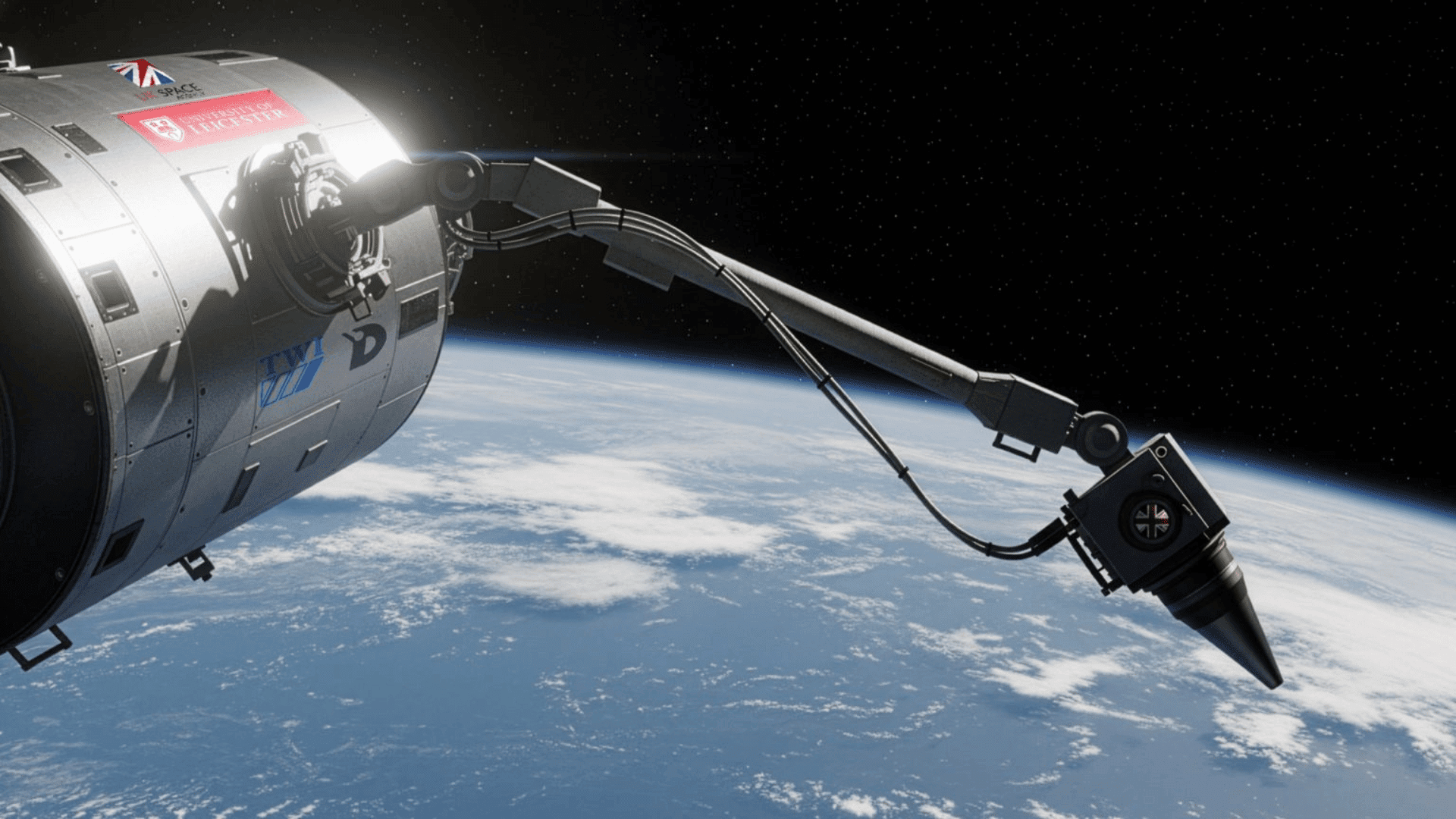Tesla’s long journey towards a driverless taxi service hit a major milestone over the weekend. According to the company, its self-driving taxis transported their first paying customers in a test run in Austin, Texas.
Tesla’s Cautious Robotaxi Launch

Getting robotaxis on the road was a slow process for Tesla because Founder Elon Musk said the company is “super paranoid about safety.” The cautious launch was no different. In the initial launch, Tesla rolled out 10-12 Model Y robotaxis across a predetermined, geofenced area in Austin.
Only a few passengers were selected, reportedly including influencers, analysts, and shareholders. During the trial runs, the passengers were not alone. While the car was self-driving, a human “safety operator” was in the front seat in case they needed to take over.
A Different Self-Driving Approach
Tesla’s self-driving system is different from those of competitors, such as Alphabet’s Waymo or Amazon’s Zoox. Instead of using lidar and radar sensors, Tesla opts for cameras and artificial intelligence. The company says it’s a cost-effective approach to autonomy, and it leverages the hardware already installed in the vehicles.
Tesla’s robotaxi system will build on the advanced assisted driving system that the company calls Full Self-Driving (FSD). Ideally, this will allow the company to scale faster and cheaper.
One of the test passengers, “Farzad,” posted his thoughts on X.com. He said the ride was “Very smooth and comfortable” and “Similar to existing Tesla cars with FSD.”
In the video below, posted on Farzad’s X profile, he details his second trip inside Tesla’s Model Y robotaxi. You can see the safety operator in the passenger seat.
Second ride instant reaction. pic.twitter.com/qKqMZFp7Ui
— Farzad (@farzyness) June 22, 2025
The Model Y vehicles are not a part of Tesla’s long-term robotaxi goals. Instead, Musk says that the two-seated Cybercab will be the fully autonomous vehicle of choice for the robotaxi service. The Cybercab was revealed in October, but reports indicate that the vehicle’s production will have to wait until 2026.
For now, all we have from Tesla’s robotaxi service is the small fleet of Model Y vehicles. Test passengers paid a minimal $4.20 for the autonomous lift.








